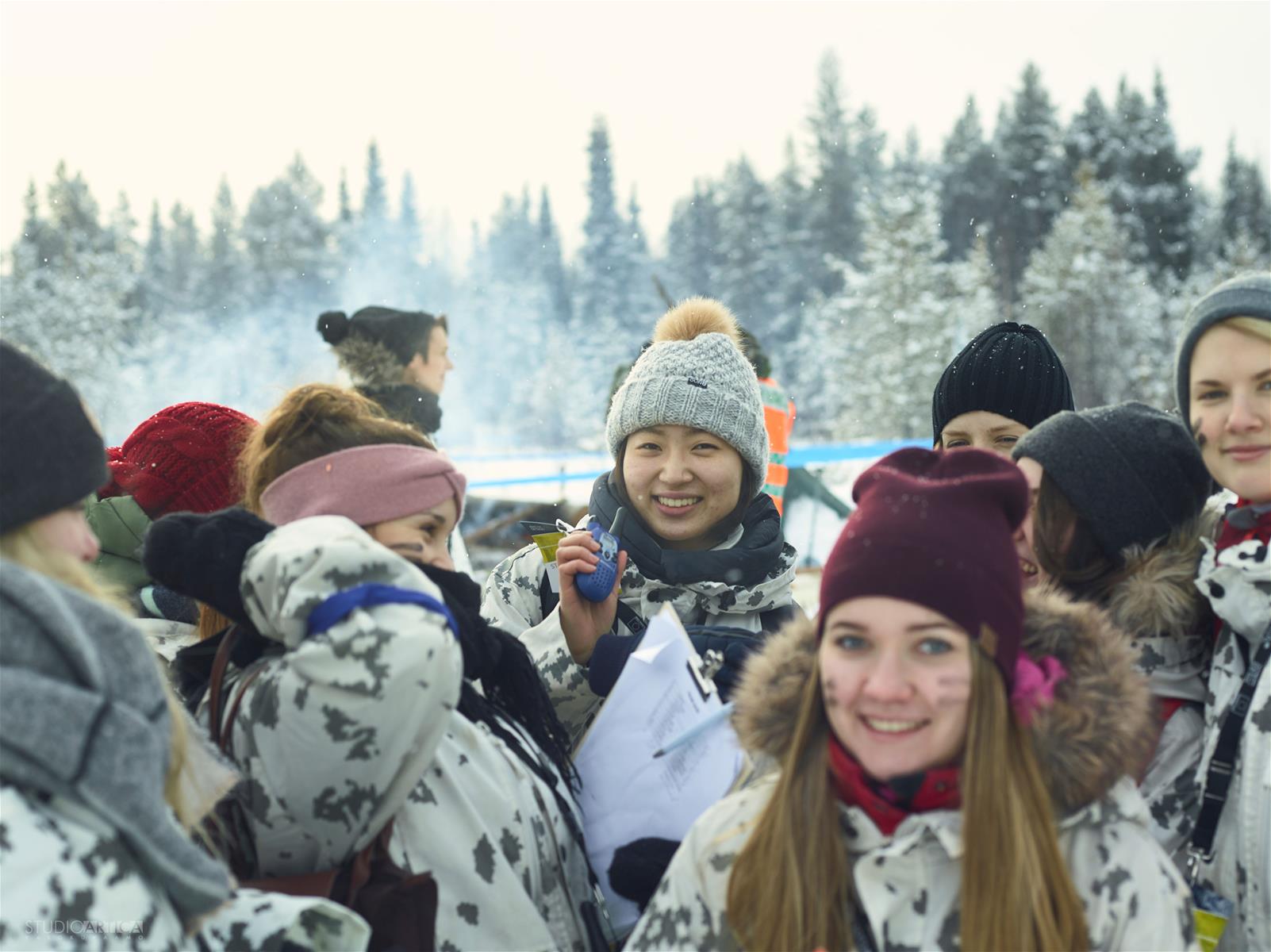ARCTIC STORIES The Arctic Design week brings designers and businesspeople together in Rovaniemi for the 10th time. The event promises unique opportunities to learn about sustainable design.
The University of Lapland and the City of Rovaniemi coined the term Arctic Design in 2010. Originally, the concept was based on environmental awareness and the Arctic conditions both in the summer and in the winter.
“The point is to reach such a sophisticated way of designing things and services that they will work under these circumstances and in this social environment, to make it possible for us to have a better life here in the Arctic regions”, says Julius Oförsagd, the producer of Arctic Design Week.
“One aspect of sustainable design is the fact that our Arctic environment is a relatively clean environment. This brings a responsibility – the things that we design must make it possible for the environment to remain clean also in the future.”
“The Arctic environment also serves as an inspiration. It gives fresh ideas for the designers working here”, Julius Oförsagd notes.
The idea of combining design and sustainable development has been received positively, all around the world.
“In Finland we often say that if something works in the Arctic, it will work anywhere. If anything is sustainable in the Arctic, it is sustainable anywhere.”
The remote location and limited resources have helped the Arctic Design Week to evolve into a unique experience.
“We cannot compete with the hundreds of design events organized all around the world. Instead, we have developed our own hands-on approach.”
The world’s northernmost design event began on Monday with seminars, exhibitions, workshops and networking opportunities all over the town. The MISHMASH conference that opens with a networking event on Wednesday focuses on future design. On Thursday, the Mishmash Action will bring entrepreneurs and designers together and get them thinking on their feet.
“We divide the participants into teams and they will go to local companies to work on real design assignments. The action is much more exciting than just listening to keynotes. When the teams proceed from one checkpoint to the next, they learn by doing what industrial design, service design or eco-design actually mean”, Julius Oförsagd explains.
The participants of the Arctic Design Week get to immerse themselves in the Arctic conditions. This year the conditions are particularly cool. The Action assignments are followed by a three-course dinner under the stars, surrounded by snow, with temperatures forecast all the way down to -25 degrees Celsius. The fearless participants can even spend the night outside, in an army tent or in a snow cave.
“From the point of view of Arctic design, the core message of our event is that design is not just about physical forms, but about customer experience. There is no company or activity that could not benefit from design”, Julius Oförsagd proclaims.
“Design is not an expense. It is an investment into a more profitable business.”
